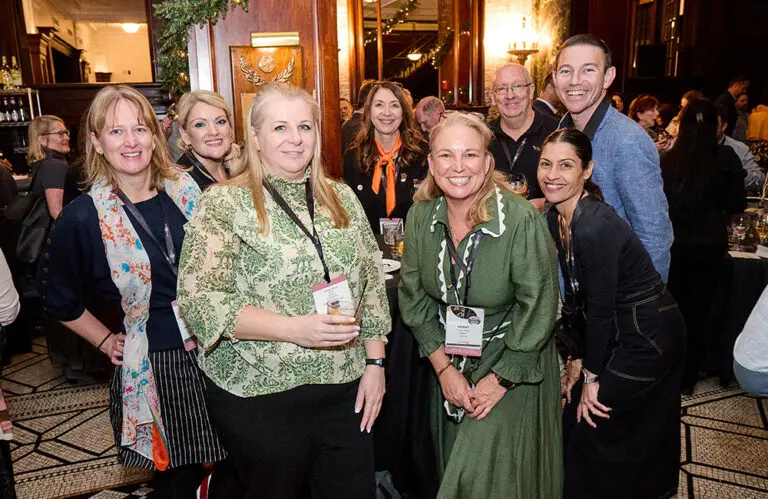We all know the conference routine. Fly in. Collect the lanyard. The welcome coffee, the small talk, the keynote where you spend half the time thinking about your inbox. You see all the same people again, grab a few new business cards, and fly home with a bag of merch that ends up stuffed in the bottom drawer.
And now there are more of them than ever. On top of all the existing events, roadshows and supplier activations we already juggle, the number of conferences, micro conferences, and spin-offs has exploded. The industry calendar is so saturated that attending even a fraction of them feels like a full-time job on top of the job.
Conferences have always been part of this industry’s DNA. But are we still doing this because they work? Or because we are used to the theatre of doing it this way?
There is a conference for everything now. Every tiny segment. Every endlessly sliced subcategory. Suppliers are hit constantly for sponsorship budgets and travel costs. Meanwhile, the day job piles up, teams are stretched thinner than ever.
With so many dates filling the calendar, the only events that deserve oxygen are the ones that deliver clear, measurable returns and can justify the spend.
Some good advice: Don’t be THAT person: what not to do at industry events
Relevance is not the hurdle anymore
Despite their flaws, conferences still have something no Zoom call can replicate: the alchemy of face-to-face connection. Deals close faster in person. Partnerships feel more solid when you’ve actually shaken hands. And in an industry built on relationships, those moments matter. That spark is what this industry is built on.
But relevance isn’t enough. To survive, conferences need reinvention.
Reinvention means results
Travel has changed. Business has changed. Yet conferences? They’re still running on a format from the late ’90s: endless panels, breakouts that could have been emails, and exhibition halls where suppliers stand by stacks of brochures that end up in the recycling bin.
Delegates want tangible, immediate value. Suppliers want measurable ROI. Too often, both leave with little more than polite conversations and promises to “catch up soon.”

Time to put organisers on the hook
Here’s the radical shift: conference organisers must stop being landlords selling stand space and speaking minutes and start being business partners.
The time has come to design and deliver events that turn “good vibes” into good business, launching viable marketing partnerships with agreed booking targets to achieve measurable commercial results.
What if supplier attendance wasn’t paid up front but came out of “back-end overrides” or other performance-based arrangements? Suddenly, sponsorship dollars aren’t a sunk cost, they’re a reward for results. It would put real skin in the game for principals, and you can bet preferred product targets would shoot straight to the top of every agency delegate’s to-do list.
It’s bold. It’s risky. But it forces organisers to focus on curating the “right” meetings, the “right” conversations, and the “right” opportunities, because their own revenue would depend on it.

The new playbook
1. From passive to productive: Replace endless talking heads with live deal-making, commercial workshops, and problem-solving sessions.
2. Curated connections: Pre-match suppliers and agency delegates based on commercial fit, and guarantee those meetings happen.
3. ROI as a KPI: Measure deals, partnerships, and tangible value post-event, and share the results with attendees.
4. Sustainability baked in: Hybrid models, regional hubs, and fewer long-haul trips for the sake of a handshake.
The bottom line
Conferences can still be the beating heart of our industry, but only if they move from being annual social clubs to true business accelerators. Less canapés, more contracts. Less small talk, more signed terms.
If you can’t measure the return, why pack the bag?
This piece reflects the personal opinion of a Karryon reader.
KARRYON UNPACKS: While this may be the view of one Karryon reader, it does speak to a bigger industry truth. Conferences either evolve into commercial accelerators that deliver measurable value for both suppliers and agents, or they risk losing relevance in an already overcrowded calendar.





